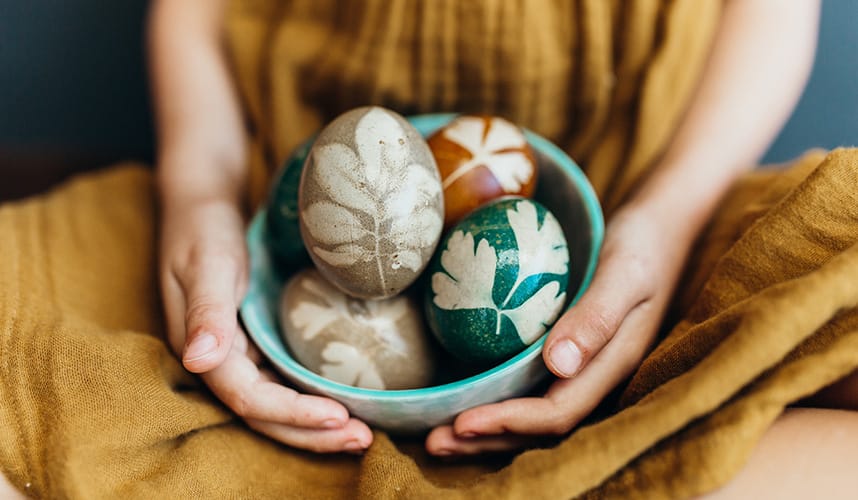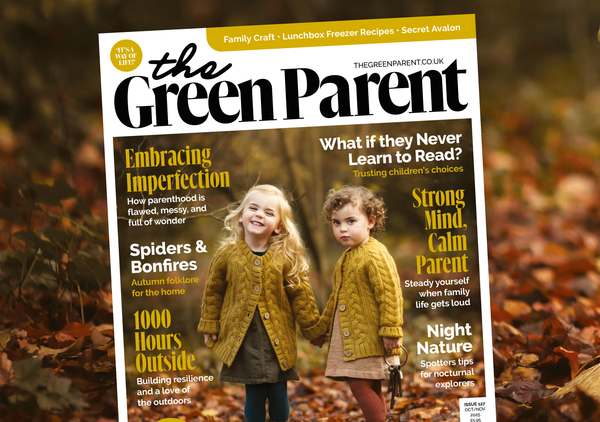Playing is in our nature and playing in and with nature is one of the greatest delights childhood has to offer, whether we live amongst city buildings or trees. Here's one of our favourite ideas for nature based play for children, from Delfina Aguilar
WHAT YOU NEED:
As many eggs as you’d like to dye;
Several tubs or bowls (one for each dye);
The ingredients for your colours of choice (see below)
HOW TO DO IT:
1. Choose your colours.
BLUE - Put 1/4 red cabbage cut into chunks into a pan filled with four cups of boiling water. Add two tablespoons of white vinegar and turn off the heat. Cool to room temperature and remove the cabbage from the pan. Soak the eggs
in the water overnight.
GREY-BLUE - Add a cup of frozen blueberries to a cup of warm water. When the mixture comes to room temperature, remove the blueberries (when they’re drained, they’re perfect for pancakes or snacks!) and soak your eggs in the coloured water overnight.
LAVENDER - Mix a cup of grape juice with a tablespoon of white vinegar and soak your eggs overnight.
PALE PINK - Take one cup of juice from tinned beetroot and add one tablespoon of white vinegar. Soak eggs overnight (or less time for a gentler hue).
GOLDEN BROWN - Simmer two tablespoons of dill seeds in a cup of water for 15 minutes. Strain the liquid through a sieve into a small bowl, and add two teaspoons of white vinegar. Add your eggs to the liquid and leave overnight.
MUSTARD YELLOW - Add two tablespoons of turmeric powder and two teaspoons of white vinegar to a cup of boiling water and stir. Add your eggs.
GREEN - Put the skins of six red onions into a pan with two cups of water and simmer on the stove for 15 minutes. Remove the skins and add three teaspoons of white vinegar to the pan. Soak your eggs overnight in the liquid.
2. Store your eggs. Once they’ve reached your desired colour (leaving them for longer will result in a deeper dye, while less time will mean they’re paler), take them out of the dye, pat them dry gently with a paper towel, and store in the fridge until you want to put them on display.
3. Eat them! Don’t forget to use your eggs after you’ve displayed them – unless they’re cracked, they shouldn’t have absorbed any of the flavours of the dyes, so you can still use the raw eggs in any recipe you like – scrambled or poached, custard or cake, the options are almost endless!







